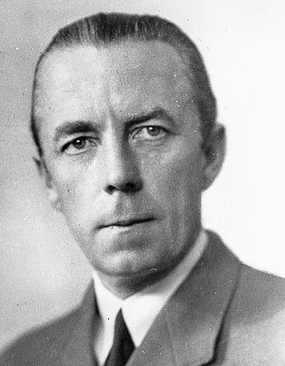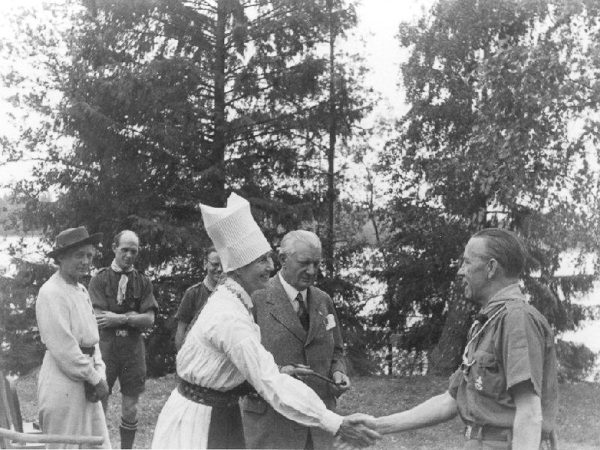Norway and Denmark were occupied by the Nazis in April 1940 (Sweden was a neutral country during the war). Almost immediately, the Germans began arresting targeted individuals and threw them into detention camps scattered throughout Norway. Soon, they would be deported to concentration camps such as Sachsenhausen. As more people were arrested, detained, and deported, various Scandinavian humanitarian organizations became active in gaining access to the prisoners, ensuring correspondence was reached by their families, as well as engaging directly with the Germans concerning their fates.
Towards the end of the war, one major attempt at obtaining the release of concentration camp inmates was successful. It liberated more than 15,000 prisoners of which half were Scandinavian. Believe it or not, the White Bus evacuations were approved by Heinrich Himmler.

Did You Know?
Rina Fried, then 16-years-old, was crammed into a cattle car with a hundred other women whose skin barely hung to their skeletons. They were all being transported from their concentration camp to an extermination camp to be murdered by the Nazis. The end of the war was closing in and the women knew they wouldn’t survive to see it.
However, the train stopped suddenly and the women were approached by people offering them food and drink. They told the women, “Vi aker till Sverige.” — “We are going to Sweden.”
“Your enslavement is over.”
One of the White Bus platoons rescued Rina and the other women.
Folke Bernadotte
Count Folke Bernadotte (1895−1948), Swedish diplomat, was the grandson of King Oscar II of Sweden and nephew of King Gustav V. Entering the military in 1915, Bernadotte eventually rose to the rank of major. By 1933, he was representing Sweden at various world events such as the New York World’s Fair in 1939. Bernadotte became director of the Swedish Boy Scout organization in 1937 and when World War II broke out, he helped train the boy scouts in defense (i.e., anti-aircraft guns) and as medical assistants. However, his greatest role during the war would be played as the vice chairman of the Swedish Red Cross.

Beginning in 1943, Count Bernadotte organized multiple prisoner exchanges with Germany (his first mission targeted disabled Scandinavian POWs). A total of approximately 11,000 Scandinavian POWs were repatriated as a result of these exchanges. He also personally led several rescue missions into Germany. Read More The White Buses


